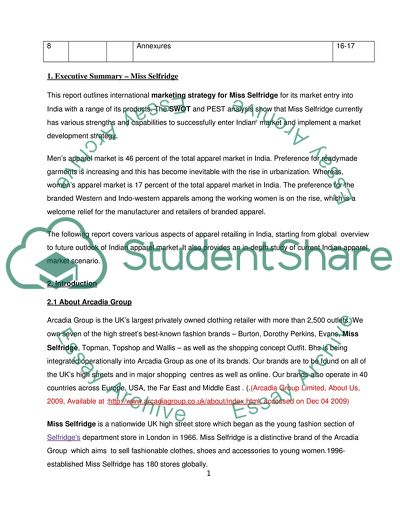Cite this document
(Global Marketing: Miss Selfridge Case Study Example | Topics and Well Written Essays - 3000 words - 6, n.d.)
Global Marketing: Miss Selfridge Case Study Example | Topics and Well Written Essays - 3000 words - 6. Retrieved from https://studentshare.org/marketing/1730766-international-business
Global Marketing: Miss Selfridge Case Study Example | Topics and Well Written Essays - 3000 words - 6. Retrieved from https://studentshare.org/marketing/1730766-international-business
(Global Marketing: Miss Selfridge Case Study Example | Topics and Well Written Essays - 3000 Words - 6)
Global Marketing: Miss Selfridge Case Study Example | Topics and Well Written Essays - 3000 Words - 6. https://studentshare.org/marketing/1730766-international-business.
Global Marketing: Miss Selfridge Case Study Example | Topics and Well Written Essays - 3000 Words - 6. https://studentshare.org/marketing/1730766-international-business.
“Global Marketing: Miss Selfridge Case Study Example | Topics and Well Written Essays - 3000 Words - 6”, n.d. https://studentshare.org/marketing/1730766-international-business.


